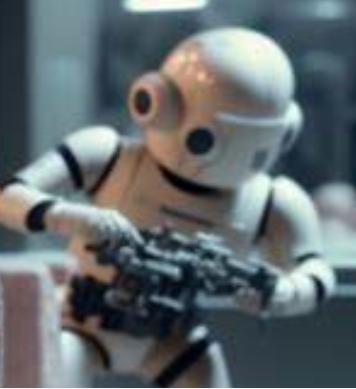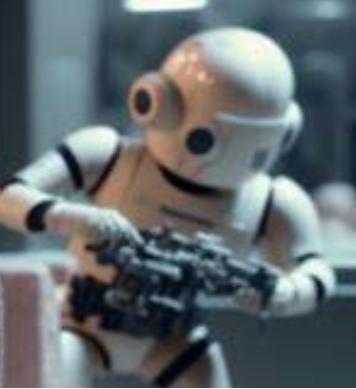Artificial Intelligence (AI) has come a long way from being a mere tool for automating tasks. Today, it’s evolving into a collaborative partner, working alongside humans to solve some of the world’s most pressing challenges. This evolution is not just about smarter algorithms or faster processing—it’s about redefining the relationship between humans and machines. This article explores how AI is transitioning from a passive tool to an active partner, transforming industries, enhancing creativity, and even shaping the future of humanity itself.
In its early days, AI was primarily used to automate repetitive tasks, such as data entry or assembly line work. While this brought efficiency, it was limited in scope. Today, AI is moving beyond automation to become a true collaborator. For example, in healthcare, AI isn’t just automating administrative tasks—it’s assisting doctors in diagnosing diseases, predicting patient outcomes, and even suggesting treatment plans. This shift from automation to collaboration is unlocking new possibilities and driving innovation across industries.
Creativity was once considered the exclusive domain of humans, but AI is proving to be a valuable creative partner. From writing music to designing art, AI is augmenting human creativity in unprecedented ways. Take the music industry, for instance. AI tools like Amper Music and AIVA are helping composers create original scores by analyzing patterns in existing music. Similarly, in visual arts, platforms like Runway ML enable artists to generate stunning visuals using AI algorithms. This partnership between humans and machines is expanding the boundaries of what’s possible in art and design.
One of the most significant roles AI is playing today is in decision-making. By analyzing vast amounts of data, AI can provide insights that humans might miss, enabling better and faster decisions. In business, AI-powered analytics tools are helping leaders identify trends, predict market shifts, and optimize operations. For example, retail giants like Walmart use AI to analyze customer behavior and optimize inventory management. This ability to turn data into actionable insights is transforming how organizations operate and compete.
As AI becomes more integrated into our lives, it’s also reshaping what it means to be human. From enhancing our capabilities to challenging our assumptions, AI is forcing us to rethink our place in the world. For instance, AI-powered prosthetics are enabling people with disabilities to regain mobility and independence. Similarly, brain-computer interfaces, like those developed by Neuralink, are exploring how AI can enhance human cognition. These advancements are not just about technology—they’re about expanding the potential of humanity itself.
While the potential of AI is immense, it’s not without its challenges. Issues like bias in algorithms, data privacy, and the ethical implications of AI-driven decisions are sparking important debates. For example, AI systems used in hiring or lending can inadvertently perpetuate biases if not properly designed. Similarly, the use of AI in surveillance raises concerns about privacy and civil liberties. Addressing these challenges requires a thoughtful and collaborative approach, ensuring that AI is developed and used responsibly.
AI is no longer just a tool—it’s a partner in progress, working alongside humans to solve problems, unlock creativity, and shape the future. This evolution from automation to collaboration is redefining the relationship between humans and machines, opening up new possibilities and challenges. As we move forward, the key will be to embrace this partnership responsibly, ensuring that AI serves as a force for good. By working together, humans and machines can create a future that’s not only more efficient but also more equitable, creative, and humane.

